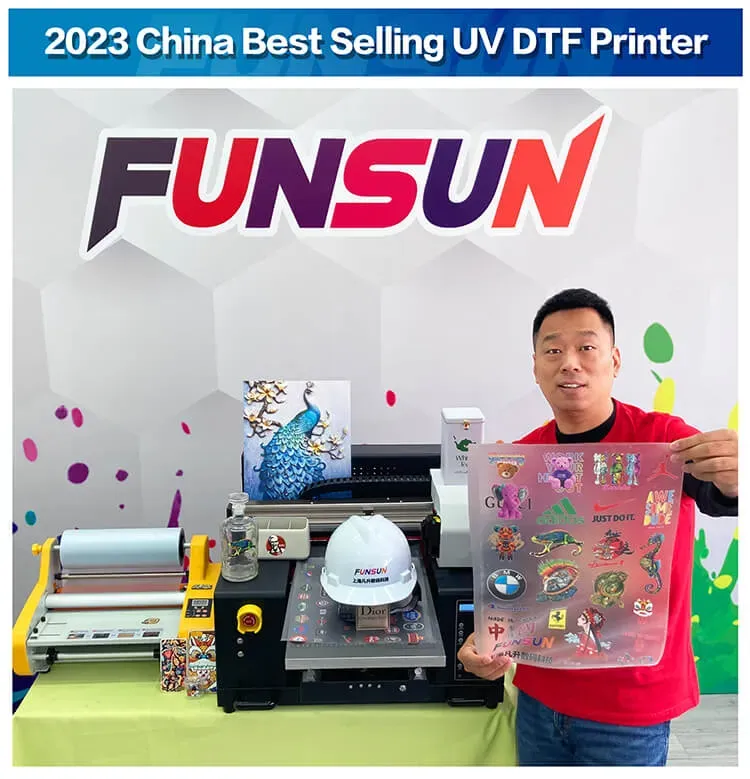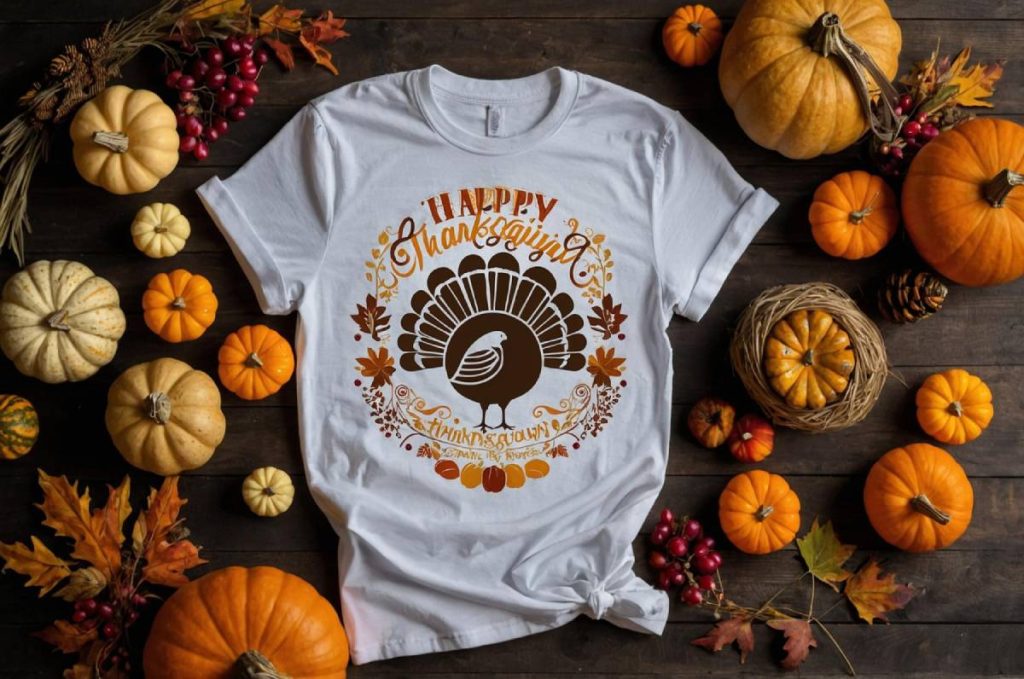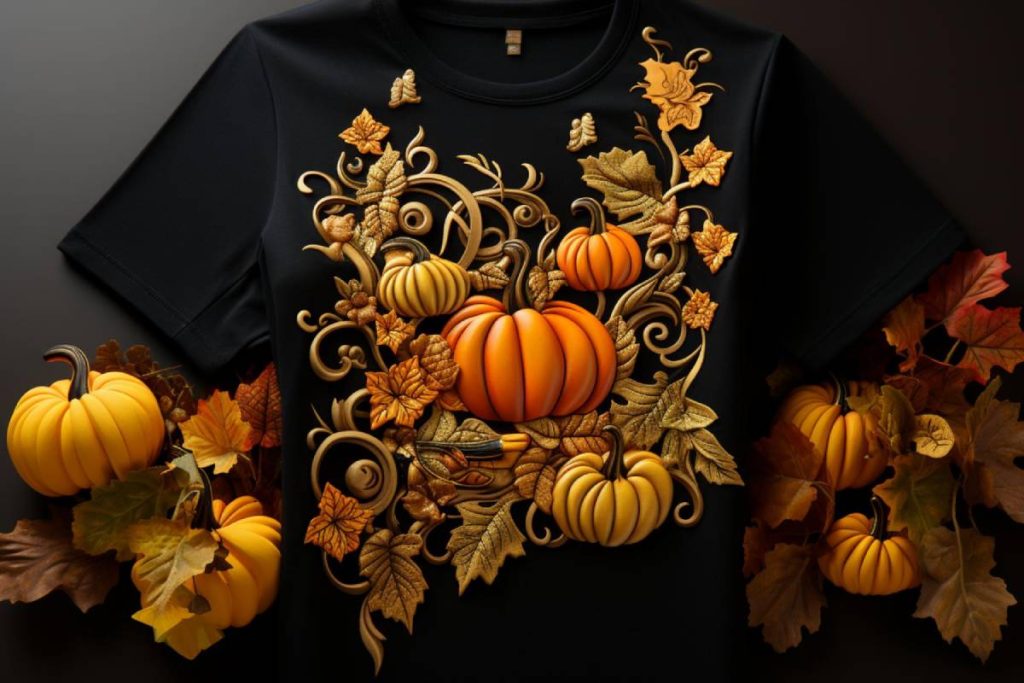UV DTF printing has revolutionized the realm of artwork creation, offering artists and designers an exceptional platform for crafting stunning pieces. This innovative printing technology utilizes ultraviolet light to cure inks directly onto a film, resulting in vibrant and detailed prints that can be transferred onto various surfaces. As more creatives discover the capabilities of UV printing techniques, the potential for unique designs and immersive artwork expands dramatically. In this article, we will uncover effective creative printing tips and techniques that can help you harness the full power of designing with UV DTF. Ultimately, mastering artwork printing methods like UV DTF can transform your creative process and take your artistic endeavors to new heights.
In the modern landscape of printing solutions, Direct to Film (DTF) printing using ultraviolet (UV) technology stands out as a remarkable choice for artists and designers alike. By leveraging this advanced method, creators can achieve impressive visual results, ensuring their designs not only captivate the eye but also exhibit durability and longevity. Known for its ability to produce rich colors and intricate details, this technique encourages innovative approaches to artwork creation, whether it’s for textiles, signage, or promotional materials. Artists can maximize their potential through thoughtful design strategies, allowing for a seamless blend of colors and textures. Embracing such versatile printing options ultimately enriches the artistic experience, fostering a deeper connection between creators and their work.
The Benefits of UV DTF Printing
UV Direct to Film (DTF) printing has transformed the landscape of creative printing, offering numerous advantages that cater to both artists and businesses. One of the most significant benefits is the vibrant color reproduction possible with UV inks, which allows for exquisite detailing and a broad color gamut. This means that artwork can be both striking and nuanced, showcasing the full spectrum of an artist’s vision. Moreover, the durability of UV DTF prints is noteworthy; cured inks provide excellent resistance to scratches, fading, and environmental influences, ensuring that the artwork remains pristine over time.
Another compelling advantage of UV DTF printing is its versatility across various substrates. Whether you’re designing for textiles, plastics, or metals, UV DTF can deliver impressive results on a wide array of materials. This flexibility allows artists to expand their creative horizons and explore new artistic mediums that were previously challenging with traditional printing methods. Furthermore, the quick curing process associated with UV printing offers significant time savings, allowing for rapid turnaround on projects without compromising quality.
Choosing the Right Substrate for Stunning Artwork
When embarking on your UV DTF printing journey, selecting the right substrate is crucial for achieving captivating results. The choice of surface can significantly impact the overall vibrancy and durability of your prints. For instance, textiles often lend themselves well to UV DTF printing, especially if pre-treatment techniques are employed to enhance ink adhesion. Fabrics like cotton, polyester, and blends can all yield stunning results, providing a tactile quality that enhances the overall visual appeal of the artwork.
In addition to textiles, exploring non-traditional substrates like acrylic sheets and metal panels can lead to remarkable artistic expression. Each material interacts differently with UV inks, affecting color depth, longevity, and texture. Artists are encouraged to experiment with different surfaces to discover how each substrate can complement their unique designs. This experimentation not only broadens the scope of creative possibilities but can also uncover new techniques that elevate the artwork beyond conventional expectations.
Creative Design Tips for UV DTF Printing
Creativity knows no bounds with UV DTF printing, and designing stunning artwork involves making the most of the unique capabilities offered by this innovative technology. One of the key design tips for artists is to embrace bold color choices and intricate patterns. UV DTF printing supports a vast range of colors, allowing for unique gradients and eye-catching contrasts. By leveraging this capability, artists can create designs that leap off the surface, inviting viewers to experience the artwork at a deeper level.
Another essential consideration in creative design with UV DTF is to optimize your designs for the characteristics of UV inks. Unlike traditional inks, UV inks can behave differently, especially on varied surfaces. Artists should consider how the texture and finish of the substrate may affect the final print. Designing with these factors in mind can lead to innovative textures and stunning visual effects that enhance the artist’s message while ensuring that the artwork resonates with its audience.
Pre-Treatment Techniques for Optimal Adhesion
Pre-treatment techniques play a pivotal role in ensuring successful UV DTF printing on various substrates. Preparing the surface before printing can significantly influence the adhesion of the UV ink, which is vital for durability and visual quality. Artists should start by cleaning the substrate thoroughly to eliminate any dust or grease; this step ensures a smoother application of ink and helps in achieving a more vibrant finish. The cleanliness of the surface directly affects the ink’s ability to bond, making this step essential.
In cases where adhesion proves challenging, applying a suitable primer can further improve ink compatibility. Primers are designed to create a conducive base for UV inks, enhancing their bonding capabilities. This is particularly important when working with non-porous materials such as metals or certain plastics. By employing effective pre-treatment techniques, artists can not only boost the quality of their prints but also extend the lifespan of their artwork.
Post-Processing Techniques to Enhance Artwork Durability
Once artwork has been printed using UV DTF techniques, engaging in post-processing can significantly enhance its longevity and visual appeal. One common method is applying protective coatings to the printed surface, shielding the ink from scratches, UV exposure, and environmental damages. This extra layer of protection not only safeguards the artwork but can also add an appealing finish, whether matte or glossy, depending on the artist’s preference.
Additionally, artists may consider laminating their prints as a way to further enhance durability. Laminating not only protects printed pieces from wear and tear but also enables vibrant colors to pop, drawing the viewer’s eye. Engaging in post-processing techniques like these ensures that the artwork retains its striking aesthetic and is better equipped to withstand the test of time, which is especially important for pieces intended for sale or public display.
Endless Experimentation in UV DTF Printing
The world of UV DTF printing is a realm of endless creative possibilities, urging artists to experiment and push boundaries. One of the most exciting aspects of this printing technology is the ability to adjust various parameters. By altering settings such as ink density, curing time, and distance from the UV source, artists can achieve unique effects that lead to unexpected and captivating results. This level of flexibility encourages innovation and can lead to the discovery of new styles that resonate with both the artist and their audience.
Furthermore, combining UV DTF printing with other techniques or mediums can yield innovative artwork. Whether layering different printing styles, integrating hand-painted elements, or employing mixed media, the synergy of diverse techniques can result in stunning visuals that captivate. Artists should not shy away from sharing their experiments and seeking inspiration from peers within the community. Engaging with fellow creatives can inspire new ideas and foster a collaborative spirit, which is beneficial in an ever-evolving artistic landscape.
Frequently Asked Questions
What are the benefits of using UV DTF printing for stunning artwork?
UV DTF printing offers several benefits for artists looking to create stunning artwork. This technique produces vibrant colors and detailed prints due to its ability to cure ink with UV light. Additionally, UV DTF printing allows for excellent adhesion on various substrates including textiles and plastics, making it a versatile choice for unique designs. Moreover, the durability of the prints ensures they withstand environmental factors, further enhancing their appeal.
How does UV DTF printing compare to traditional artwork printing methods?
Compared to traditional printing methods, UV DTF printing stands out due to its use of ultraviolet light for curing, which allows for quicker production times and higher print quality. It provides a wider color gamut, enabling artists to explore more elaborate designs and gradients. Furthermore, UV DTF prints are more resilient to wear, UV light, and moisture, making them ideal for both indoor and outdoor applications.
What are some creative printing tips for designing with UV DTF?
When designing with UV DTF printing, creative tips include experimenting with bold color combinations, utilizing textures, and adjusting prints for the specific behavior of UV inks. Artists should also conduct test prints to learn how their designs interact with different substrates and inks. Moreover, embracing unique artistic styles and integrating mixed media can lead to visually striking results.
What materials are best suited for UV DTF artwork printing methods?
The best materials for UV DTF printing include high-quality films specifically designed for UV applications and a variety of suitable substrates such as fabrics, plastics, and certain metals. Selecting high-grade materials ensures optimal ink adhesion and vibrant outcomes, allowing artists to create exceptional artwork that last longer and maintains its visual appeal.
Are pre-treatment techniques necessary for UV DTF printing?
Yes, pre-treatment techniques are essential for certain substrates in UV DTF printing. Ensuring a clean surface by removing dust and contaminants is crucial for better ink adhesion. For challenging materials, applying a primer can significantly enhance ink bonding, leading to durable and aesthetically pleasing prints.
What post-processing techniques can enhance UV DTF prints?
To enhance UV DTF prints, consider post-processing techniques such as applying protective coatings or laminating the artwork. These processes safeguard the prints against scratches, UV damage, and wear, thereby extending the longevity and vibrancy of the artwork. Moreover, final touches like framing can elevate the presentation, making your artwork more compelling.
| Key Point | Details |
|---|---|
| Introduction | UV DTF printing provides a vibrant and durable method for artists to transfer intricate designs to various surfaces. |
| Understanding UV DTF Printing | Prints designs on a special film, cured with UV light for bright, colorful outcomes. |
| Choosing the Right Materials | Use high-quality films for better adhesion and appropriate substrates for desired results. |
| Design Considerations | Experiment with vibrant colors and optimize designs for UV inks to achieve captivating artworks. |
| Pre-Treatment Techniques | Prepare surfaces by cleaning and possibly applying a primer for better ink adhesion. |
| Post-Processing | Apply coatings for protection and consider framing or mounting to enhance presentation. |
| Experimentation | Adjust settings and combine with other techniques to discover unique results. |
Summary
UV DTF printing represents a breakthrough in printing technology, enabling artists to unleash their creativity like never before. This innovative process allows for the detailed and vibrant transfer of designs onto a multitude of surfaces, fostering artistic expression and exploration. By selecting the appropriate materials, employing thoughtful design strategies, and engaging in thorough post-processing, artists can not only enhance the quality of their prints but also ensure longevity and visual impact. With its capability to support a broad color spectrum and intricate details, UV DTF printing is an essential tool for any artist looking to make their mark in the world of art and design.



